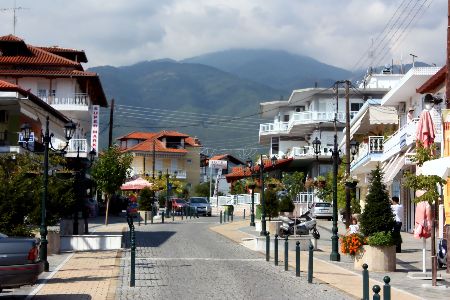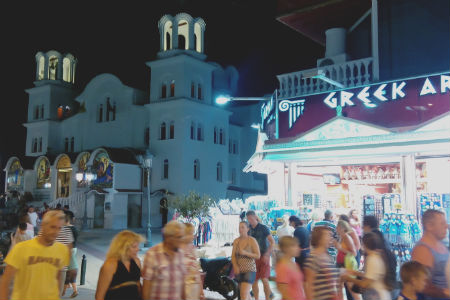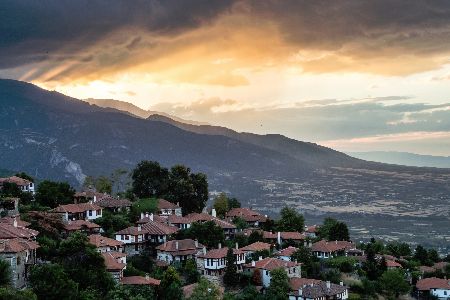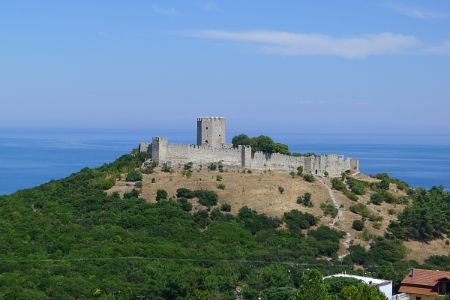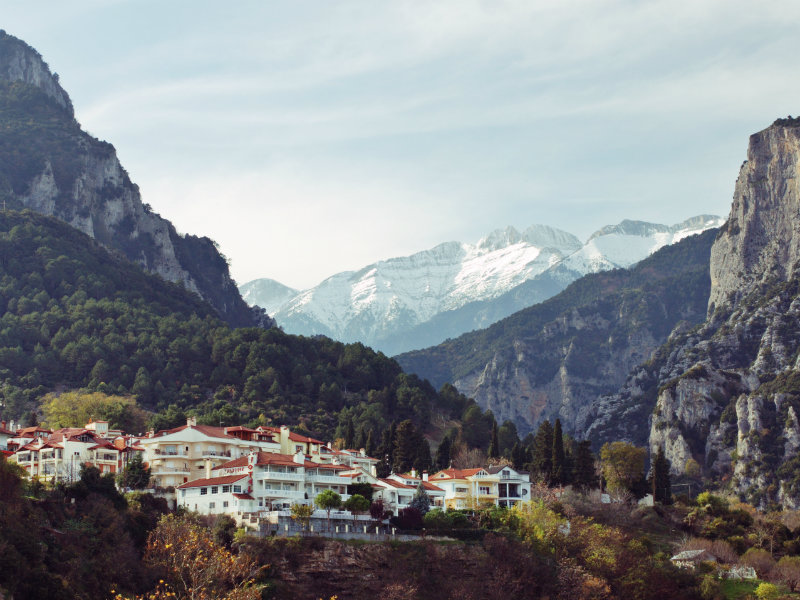Morphology
Olympus is the highest mountain in Greece and the second highest mountain in the Balkans. Its relief features many features that give it charm and glamor. Rocky and rugged peaks, deep ravines, alpine meadows and dense forests, make up this rare sculpture that hears the name Olympus. A total of 52 peaks are rising from the 760 to 2918 meters.
Area
The area of Olympus is about 500 square kilometers. The area it occupies is almost circular with an average diameter of approximately 25 km and a perimeter around 80 km. Regarding the Olympos National Park, its area amounts to 238,411 acres with a core of 40,000 acres.
Geology
The rocks of Olympus began to form 200 million years ago at the bottom of a relatively shallow sea, from where it emerged and slowly began to take its own form. During the glaciation period, significant upgrades took place in the shape of the mountain, since the ice that melted transported huge amounts of rock from the tops to the foot of the mountain. With the melting of the last ice, for about 10,000 years, Olympus took its present form.
Special features
In Olympus there are no lakes, except for periodic ponds in the “Bara” and “Dristela” areas that are created by the melting of snow. A small artificial lake was created in recent years at the exit of the Xerolaki ravine above the village of Petra. In Olympus, no caves have been officially mentioned, but caves, dragonflies, snow-caps and schisms, but this does not exclude their existence. Many of its gullies have water throughout the year, which mainly ends due to its excellent quality, in the water supply network. The springs of Olympus are many but, few are found at altitudes above 1000 meters.
Climate
The climate of Olympus is affected by its geographical location, its volume, the rock and the exposure of the slopes. Generally it is the Mediterranean, that is hot and dry in the summer and wet in the winter. Approximately seven months a year Olympus is covered by snow (from November to May), while the total amount of water that Olympus receives, either in the form of snow in the winter or in the form of rain or hail in the summer, is large. That is, the amount of water is about 3 to 4 times higher than the quantity of water that Athens or Thessaloniki receives (1100 to 1800 millimeters per year, while Thessaloniki receives 500 and Athens 400 million per year of water precipitations). Half the amount of water falls in the form of snow, while the other half falls like rain or hail.
The average winter temperature ranges from -20 ° C to + 10 ° C and in the summer from 0 ° C to 20 ° C without this meaning that there are no values beyond these limits. Every 100 meters to Mount Olympus the temperature drops about half a degree. Thus, if at sea, we have 20 ° C at the same time in Mitika (2918 m) – and if the same weather conditions apply – we will have about 5 ° C. Finally, the winds at Olympus are a daily phenomenon, sometimes they surpass at speed 100 km / h.
Mythology
The shape of Mount Olympus, the versatile and varied charm of its nature, its high peaks, full of fog and low clouds that often bring storms, caused awe and admiration for the prehistoric man who lived in its foothills, where the archaeological excavation today reveals finds from settlements of the Iron Age. The first inhabitants of the area will create the legends that will later be given to the twelve years of the ancient Greeks.

